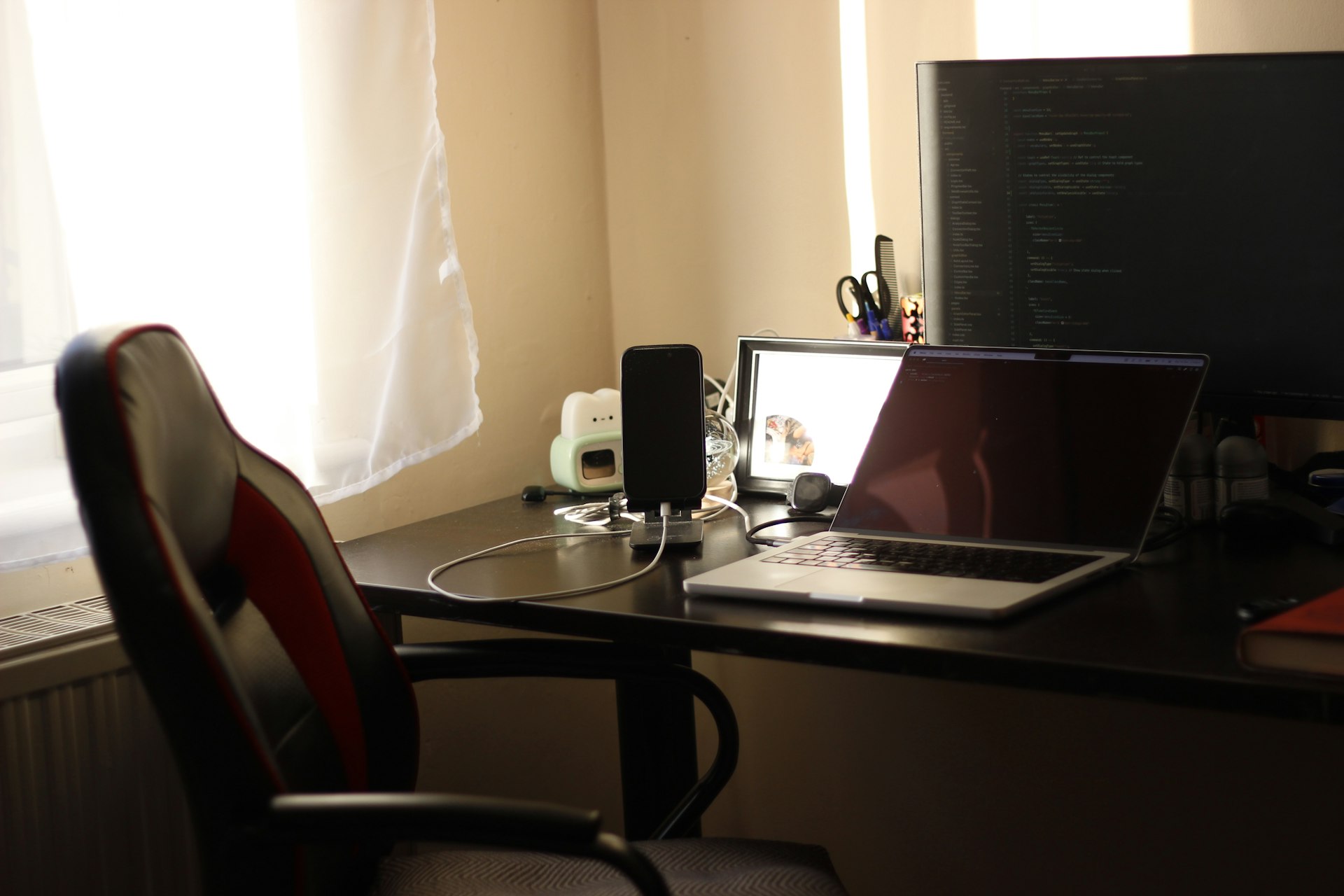Remote Work’s Transformation of the Real Estate Landscape: Trends, Strategies, and Opportunities for 2025

Photo by JP Colin on Unsplash
Introduction
The rise of remote and hybrid work models has triggered sweeping changes in both residential and commercial real estate. As flexible work becomes the norm, employees and companies are reevaluating their property needs, leading to new trends, opportunities, and challenges for buyers, sellers, agents, and investors. This article explores the actionable impact of remote work on real estate, with practical guidance for accessing emerging opportunities and adapting to the evolving market.
How Remote Work Is Reshaping Residential Real Estate
Remote work has fundamentally changed the way people approach buying and living in homes. A significant demographic shift is underway as buyers prioritize space, affordability, and lifestyle over proximity to city centers. With commuting no longer a daily concern, many workers are migrating to suburban and rural areas, seeking larger homes with dedicated office spaces and outdoor amenities. Data shows that 42% of U.S. workers now operate from home full-time , fueling a surge in demand for suburban properties and driving housing prices up by 20% between 2020 and 2022 [2] .
According to recent surveys, 32% of remote workers report their real estate needs have changed since transitioning to remote work. The top requirements include:
- Dedicated home office space (24%)
- Quieter environments (19%)
- Additional living space (19%)
- Access to outdoor areas like backyards (11%)
In fact, 31.7% of remote workers have invested in home modifications, such as building offices or renovating for improved work-life balance [5] .

Photo by Jakub Żerdzicki on Unsplash
Migration Trends
Remote work has enabled significant relocation. In 2024, about 21% of remote workers moved to new homes-split equally between in-state and out-of-state moves. Suburban areas attracted 53% of movers , while 17% chose rural settings. The primary drivers for these moves include lower cost of living, family needs, better lifestyle, and more space [5] . As a result, single-family homes have become the most popular option among remote workers.
Accessing Residential Opportunities
If you’re a remote worker looking to buy or modify your home, consider the following steps:
- Identify your key requirements (office space, outdoor amenities, quiet environment).
- Research suburban and rural communities with strong infrastructure, good schools, and reliable internet service.
- Work with a real estate agent experienced in remote work trends who can show you properties with dedicated workspaces.
- Consider renovations or additions to your current home to maximize productivity and comfort.
- Explore local government incentives for energy-efficient upgrades or home office improvements by searching your state’s housing agency website.
For sellers, marketing properties with flexible layouts, high-speed internet, and energy-efficient features can attract the growing remote work population [3] .
Commercial Real Estate: Adapting to New Realities
The shift to remote and hybrid work has dramatically altered commercial real estate. With fewer employees on-site, companies are downsizing office space and favoring flexible leasing arrangements. Experts project that office vacancy rates will reach 19% by 2025 , a dramatic increase from past patterns [4] . In major cities like New York, office property values dropped over 40% in 2020 and are expected to remain nearly 39% below pre-pandemic levels through 2029.
Key commercial trends include:
- Short-term leases and shared workspaces
- Smart buildings with automated systems and touchless entry
- Quality-focused investments in prime properties
- Repurposing office space for flexible or mixed uses
Industrial real estate, meanwhile, has shown resilience and growth, as logistics and distribution centers support remote commerce [4] .
Strategies for Investors and Tenants
If you’re navigating commercial real estate as an investor or tenant, consider these approaches:
- Evaluate flexible leasing arrangements to accommodate changing workforce needs.
- Invest in smart building technologies to improve energy efficiency and tenant satisfaction.
- Explore suburban office locations, which are often more resilient in the remote work era.
- Consult with commercial real estate experts for market-specific guidance. For strategic sessions, you may book with established firms like Primior at https://primior.com/book/ .
- Monitor local market trends and adjust your portfolio for long-term stability.
Technology and Innovation: Driving the New Market
The integration of technology into real estate is accelerating due to remote work. Agents and brokers must leverage digital tools to stay competitive:
- Virtual tours and online showings facilitate remote buying and selling [2] .
- Performance management platforms like Spinify help real estate teams adapt to hybrid models, boost motivation, and track client relationships [1] .
- Smart home technology and energy-efficient upgrades remain top priorities for buyers.
Adoption Guidance
To maximize opportunities:
- Embrace virtual showings and online marketing platforms.
- Incorporate smart home and office features into property listings.
- Train teams on digital collaboration tools to streamline remote and hybrid operations.
- Stay informed on new real estate technologies and trends by following industry news and attending webinars hosted by reputable organizations.
Challenges and Solutions in Remote Work Real Estate
While remote work offers flexibility, it introduces new challenges:
- Supply and Demand Imbalances: Rapid migration and limited inventory in popular areas are pushing prices higher and reducing affordability [3] .
- Distributed Teams: Real estate firms must coordinate across locations and maintain client engagement remotely [1] .
- Market Uncertainty: Fluctuations in commercial demand can complicate long-term planning.
To address these challenges:
- Monitor market data regularly and adjust strategies proactively.
- Leverage remote collaboration and performance management platforms.
- Consider alternative financing options and government programs for buyers struggling with affordability-search your local housing authority for available support.
- Stay flexible in property selection and investment to respond to changing buyer and tenant preferences.
Key Takeaways and Next Steps
The impact of remote work on real estate is profound and ongoing. Whether buying, selling, investing, or managing properties, the shift toward flexible work environments requires new strategies and tools. By understanding migration patterns, embracing technology, and seeking expert guidance, stakeholders can find opportunity in this evolving landscape.
Actionable Steps
- Remote workers should assess their housing needs and explore suburban options for affordability and space.
- Commercial tenants and investors must prioritize flexibility, smart technologies, and quality-focused investments.
- Agents and brokers should adopt virtual tools and market properties to the remote workforce.
For additional support, consult with experienced real estate professionals, leverage digital resources, and search official housing agencies for incentives tailored to remote work needs.
References
- [1] Spinify (2025). Real Estate Trends in the 2025 Remote and Hybrid Models.
- [2] The Realty School (2025). How Remote Work Is Changing Real Estate Opportunities for Agents.
- [3] Dwell Realty Group (2024). The Impact Of Remote Work On Real Estate.
- [4] Primior (2025). The Hidden Truth: How Work From Home Is Reshaping Commercial Real Estate.
- [5] Howdy (2025). 2025 Remote Work Trends and Migration.
MORE FROM smartsavingsfinder.com













